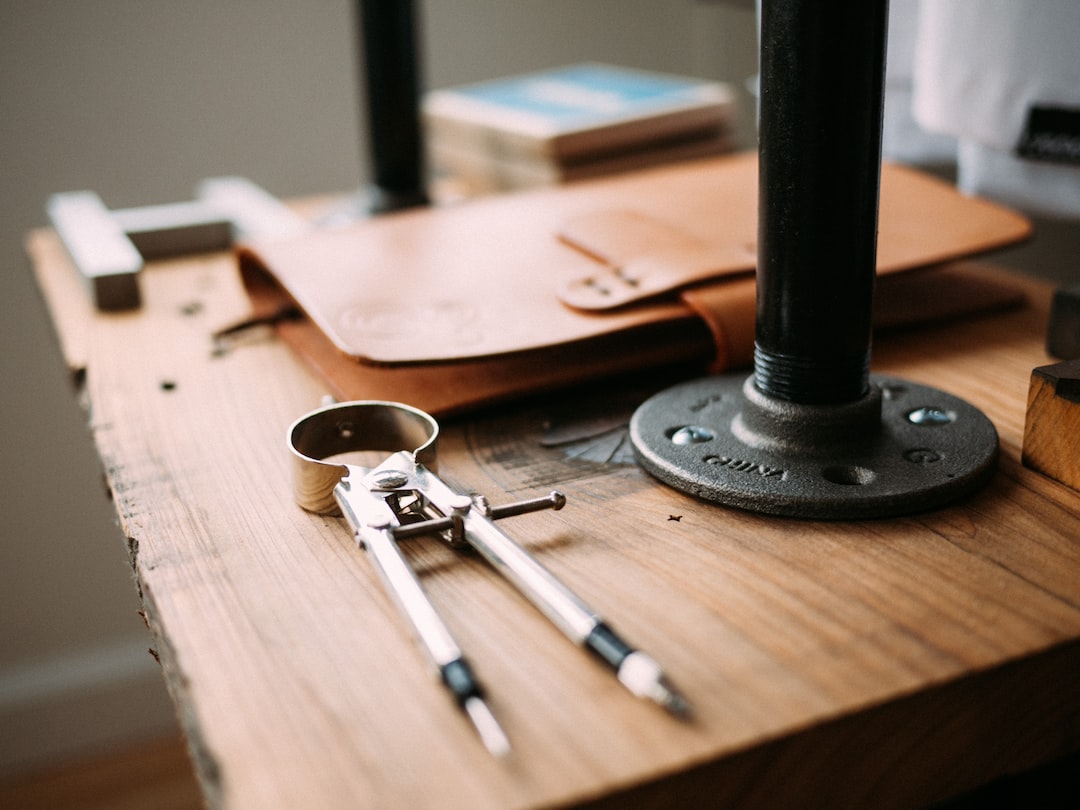Exploring the Advancements in 3D Printing Technology
In recent years, 3D printing technology has revolutionized various industries, ranging from healthcare to manufacturing. The ability to transform digital designs into tangible objects has opened up new possibilities and opportunities. As advancements in this technology continue to be made, let’s explore some of the key developments that have shaped the field of 3D printing.
1. Increased Print Speed
One of the significant advancements in 3D printing technology is the improved print speed. Early 3D printers were notorious for their slow printing capabilities, often taking hours or even days to complete a single print. However, with the introduction of new techniques and technologies, print speeds have significantly increased. This acceleration has been made possible by innovations such as parallel printing, where multiple objects are printed simultaneously, and faster material deposition methods. These developments have not only enhanced productivity but also made 3D printing more accessible for large-scale manufacturing.
2. Improved Materials
Another crucial aspect of 3D printing advancements lies in the expansion of available materials. Initially, 3D printing was limited to using plastic filaments. However, researchers and engineers have now developed a wide variety of materials suitable for different applications. From metals like titanium and aluminum to ceramics and even food-grade materials, the range of printable materials has expanded significantly. This has enabled industries to explore new possibilities and create complex, functional objects with specific traits. For instance, the healthcare industry has benefited from the availability of biocompatible materials for creating customized implants and prosthetics.
3. Multi-material Printing
In addition to an increased range of material options, 3D printers have also evolved to enable multi-material printing. Early printers could only handle single materials, limiting the complexity and versatility of the printed objects. However, with advancements in nozzle and extrusion systems, as well as improvements in software control, printers can now seamlessly switch between different materials during the printing process. This capability has greatly expanded the design capabilities for 3D printed objects, enabling the creation of intricate structures with different textures, colors, and material properties.
4. Enhanced Resolution and Precision
Resolution and precision play a crucial role in determining the quality and accuracy of 3D printed objects. With earlier versions of 3D printers, the printed objects often had visible layer lines and lacked fine details. However, advancements in technology have led to improved resolution and precision. High-resolution printers can now achieve layer heights as thin as 20 microns, resulting in smoother finishes and intricate details. This progress has opened up new possibilities for industries such as jewelry, where intricate designs and smooth textures are essential.
5. Large-Scale 3D Printing
While 3D printing initially gained popularity for small-scale objects, recent advancements have enabled large-scale printing. This development has revolutionized sectors such as construction and automotive manufacturing, where the ability to print large components with intricate designs has significant implications for efficiency and cost reduction. Large-scale 3D printers equipped with robotic arms can now construct entire structures, such as houses and bridges, with ease. This technology not only saves time and resources but also gives architects and engineers the freedom to explore unique designs and shapes that were previously challenging to achieve using traditional manufacturing methods.
6. Advancements in Bioprinting
Bioprinting, the process of printing living tissues and organs, has shown remarkable advancements in recent years. Although still in its early stages, researchers have made significant progress in printing functional tissues using a patient’s own cells. Bioprinting offers tremendous potential for personalized medicine, regenerative therapies, and drug testing. The ability to create 3D printed organs could revolutionize the field of transplantation, potentially eliminating organ shortages and the need for immunosuppressive drugs.
In conclusion, the advancements in 3D printing technology have transformed numerous industries, unlocking new possibilities and revolutionizing the manufacturing process. From increased print speed and improved materials to multi-material printing and enhanced resolution, this technology continues to evolve. The ability to create large-scale structures and functional tissues through 3D printing showcases the enormous potential that lies ahead. As researchers and engineers continue to push the boundaries of what can be achieved, we can expect even more exciting developments in the future of 3D printing.

